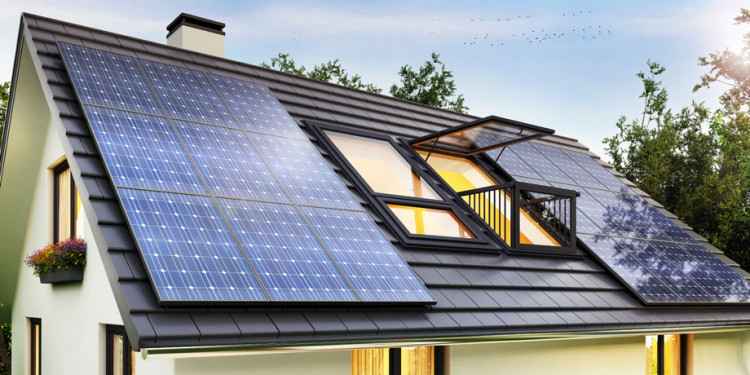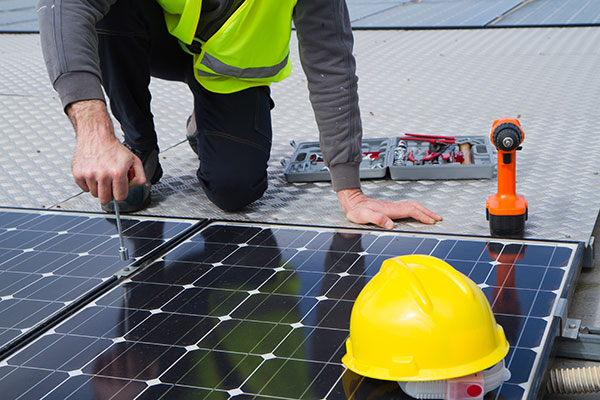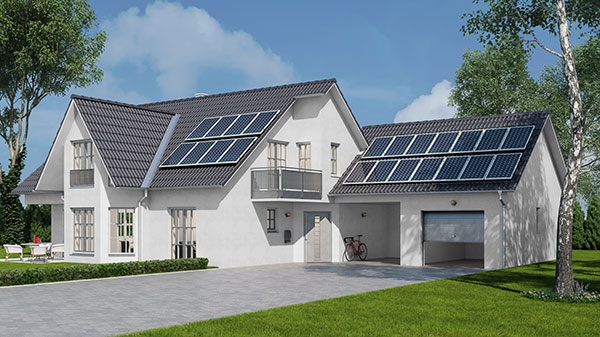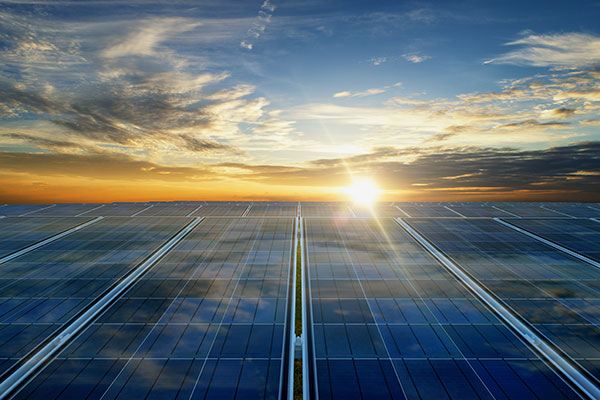
It all comes down to how much power you consume, experts say.
The cost of solar power systems has flat-lined in New Zealand after steadily reducing in price over the past five years.
A 3kW system that cost $11,000 in 2013, would only cost on average $9,000 in 2019.
So does this mean it makes financial sense to install one on your residential property? It all comes down to how much power you consume, experts say.
To find out more, REDnews delved into the solar power market and asked:
- What is the return on investment on solar panels?
- Do solar power systems add value to your property?
- Is it worth installing solar power in your rental property?
- Inside one family's switch to solar power
- The maintenance and cost of solar panels
- The global future of solar energy
What is the return on investment on solar panels?
“Typically a solar power system on a house will generate a return on investment on energy bills between 10 to 12% within one year,” director on the board of Sustainable Energy Association NZ Kristy Hoare says.
“However, as the price of electricity increases on average by 4% every year, the return on investment for the solar power system is expected to rise as well,” Hoare added.
Each site is quite different depending on how much power is consumed, Phil Harrison from Harrisons Energy Solution says.

“The average payback including the cost of the panels is between eight to 10 years but this depends on how much power you consume.
“If you send it back to the grid then you don’t use it all yourself, however if you store the excess in a battery then you maximise all of the power for your household.”
Batteries capable of powering a house range anywhere from $5,000 to $25,000.
“Location determines consumption too and properties far north would be better off than Auckland because of the sunshine hours for example,” Harrison added.
Do solar power systems add value to your property?
When it comes to adding value to your property, research from the US and Australia has shown that, on average, whatever you pay for the solar power units, adds that figure back onto the house.
In some cases it added up to 1.5 times the value, so if you were to spend $10,000 on a system it might add $15,000 onto the value of your house.
Research by realestate.com.au and Origin Energy showed that 85% of Australians believed a home with solar power was more valuable than those relying on traditional electricity.
Is it worth installing solar power in your rental property?
Kristy Hoare, who also works for My Solar Quotes, said that it has been uncommon in New Zealand for landlords to install solar power onto rental properties.
However in Australia, where the market is more mature, there are solutions for landlords to charge their tenants for the exact amount of solar energy they use.

But not all decisions to install are based on ROI.
“Other reasons include independence from energy retailers, customers wanting to reduce or completely eliminate their energy bill, reducing their carbon footprint or simply going off grid and being self-reliant”, she added.
Inside one family's switch to solar power
An Auckland family who installed a solar power system through Harrisons Energy one year ago has achieved a return on investment of 10.4% on their power bills so far.
The data was collected from their solar inverter which composes the annual kWh and sees what percentage is exported to the grid.
The Griffith family was originally exporting 60% of the generated solar power back to the grid but since they installed a pool heat pump into their new swimming pool, they now use 81.5% of the solar power and only export 18.5% to the grid.
The family spent $14,730 on the original cost of install and over nine years they are expected to make a return of $16,063.
In 10 years their ROI on the power bills would go up to 14.54%.
The maintenance and cost of solar panels
In terms of maintenance, most panel manufacturers give their panels a 25-year performance warranty but it is advised to wash the panels at least once a year with soapy water.
The other option for home owners who want to go solar but don’t want to pay the upfront costs of panels, is to collaborate with a company such as Solar City.
Solar City installs the panels with no upfront costs and instead starts sending the household its new power bills after signing a 20 year agreement.

After installing the panels and battery, which Solar City owns, the property owner starts saving around 10% to 15% on their power bills straight away.
“The savings add up to around $300 in the first year and increases over to around $17,000 over a 20 year period,” Gareth Williams, Head of Technology at Solar City says.
“If you sell your house there are three options. The purchaser of the property takes over the panels on the same terms, or the seller can take the same panels and battery and move them to their new house, or the original customer pays what is left owing on the agreement and recoups the cost within the sale price of the house. All three have happened with us.
“Around 15 tonnes of carbon emissions are saved on average over a 20 year period with solar power”, Williams added.
The global future of solar energy
Even though the U.S. has traditionally been a large producer of coal, the U.S. Energy Information Administration (EIA) data has predicted that solar and wind energy are the growth areas for 2020.
They predict that as 76% of new electricity generated in 2020 will be solar and wind, 85% of coal and natural gas plants will close.
The data forecasts that coal generation in the U.S. will fall 13% in 2020, while non-hydropower renewable energy generation will increase by 15%.
Part of the reason for the increase in solar is due to the dramatic fall in prices over the next decade, according to Forbes.
It is now cheaper than ever to choose solar energy.
